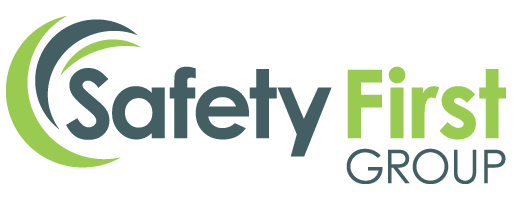Hearing loss caused by work is preventable but once hearing has gone it won’t come back.
Since 2005, employers have a legal duty to protect employees from noise under the Control of Noise at Work Regulations act. This affects employers of businesses involved with noisy powered machinery or tools, or explosive sources.
The Occupational Health and Safety Administration (OSHA) estimates that over 22 million workers are exposed to sustained noises louder than 85 dB, which can cause potential hearing damage.*
Exposure to high noise levels such as harvesters, chainsaws, powered hand tools, wood chippers for example, can cause permanent hearing damage, often without the sufferer being aware of it until it is too late. It may lead to tinnitus (ringing in the ears) or deafness.
Noise-induced hearing loss is the second most common reason for employers’ liability insurance claims for occupational health.
Excessive noise at work can result in temporary or permanent hearing loss. Even if a worker’s hearing recovers within a few hours, continued exposure to high noise levels could lead to permanent damage. In addition to hearing loss, workers may develop tinnitus, a distressing ringing or buzzing in the ears that can lead to disturbed sleep. Noise can also be a safety hazard at work, interfering with communication and making warnings harder to hear.
Because of the way human ears work, just a 3 dB change in noise levels might be noticed, but every 3 dB doubles the noise, so small changes can actually be much more significant.
Why is occupational noise-induced hearing loss a serious problem?
• The fear of not hearing something important and lack of safety if you use hearing protection.
• The feeling of tolerance, meaning you have to tolerate loud noises for this particular job.
• Loud ringing or tinnitus in your ears after work.
• Having to shout to be heard at work.
• Temporary hearing loss when you leave work.
• Long-term sustained loud noise exposure may have damaging effects on your hearing, particularly at high frequencies.
There are ways to control worker exposure to loud and excessive noises. These include:
Modifying or replacing equipment:
• Choosing low-noise tools and machinery
• Maintenance and lubrication of existing tools and machinery
• Installation of sound barriers such as sound walls or sound curtains
• Isolation of enclosing loud noise-producing equipment or machines
Changing or modifying work environments and schedules:
• Only operate loud machinery during times when fewer workers are present
• Placing limits on time when a worker may be exposed to loud machinery or tools
• Creation of quiet zones
• Placing distance between the worker and loud machinery or tools
Instituting hearing conservation measures:
• Noise monitoring *Link to SF site*
• Hearing tests
• Hearing protectors such as earplugs or sound muffs *Link to SF site*
• Training for employees *Link to SF site*
• Record keeping for time and loud noise exposure
• Special instructions for noise in construction sites
What can I do about occupational noise-induced hearing loss?
The Safety First way…
The employer and the employee should have an open discussion and commitment to creating and maintaining a safe workplace for hearing preservation. Newer methods of hearing protection, monitoring, and employee and employer training and education should play a vital role in the success.
Safety First offers workplace noise assessments to evaluate measures set in place for reducing or eliminating risks from exposure to noise.
During our noise monitoring and risk assessment services, where we measure the sound levels in your workplace, identify causes of noise and who is likely to be affected, and recommend actions to take to comply with current regulations.
Contact our friendly team of experts to find out more about workplace noise assessments or any of our other services.
* Stats from www.healthnews.com, www.hse.gov.uk
